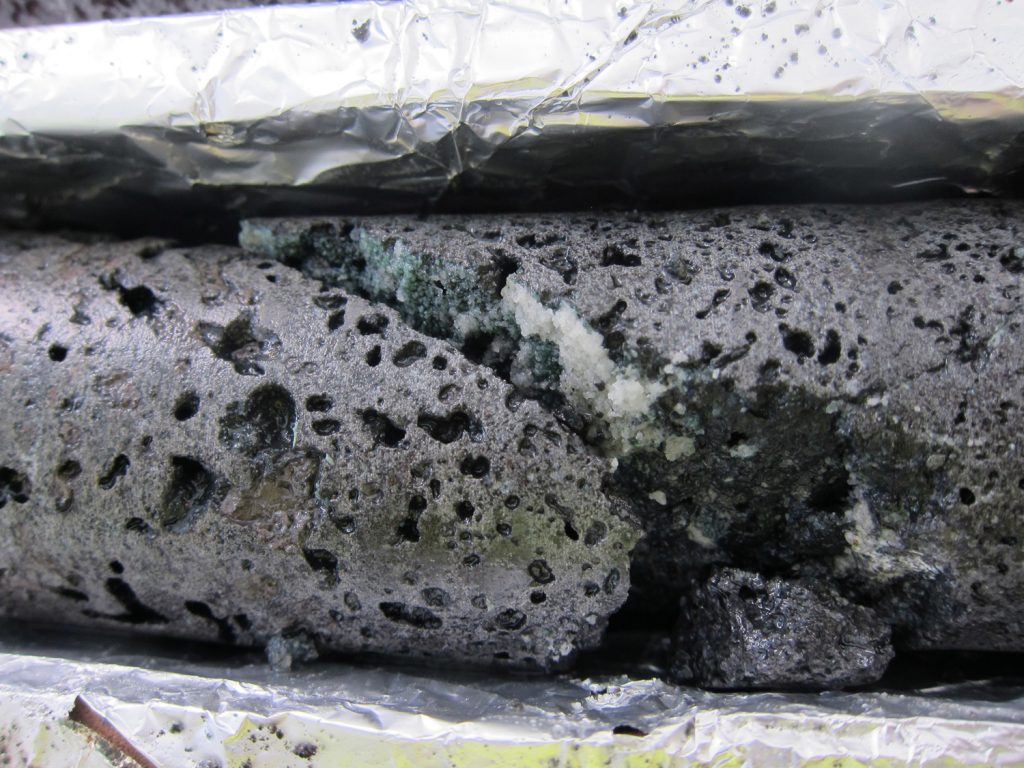Innovative CO2 capture technology at geothermal plant could be applied elsewhere

The CarbFix project at the geothermal power plant of Hellisheidi in Iceland successfully manages to bind CO2 into rocks and could provide a solution for other industries in Iceland and beyond.
The innovative CarbFix project at the Hellisheidi geothermal power plant of Reykjavik Energy/ ON in Iceland has made the news several times over the past few years, but increasingly in recent times due to its success and possible implications going forward.
“This is by itself a simple method,” says Edda Sif Pind Aradóttir, Project Manager at CarbFix Team at Hellisheidi. Over the past twelve years, a process has been developed which has resulted in the current commitment of approximately 10,000 tonnes of carbon dioxide per year to the emissions of the Hellisheidi geothermal power plant and the majority of the hydrogen sulfide released by the plant.
Started twelve years ago, scientists have collaborated with the industrial and technical staff of Orkuveita Reykjavíkur (Reykjavik Energy) and its subsidiaries, ON Power and Veitur utilities, developing and testing the idea that carbon dioxide that comes up with geothermal brine, mix it with water and pump it back down to earth from where it came. There it is permanently bound in the form of stone.
Placing gas mixture in a shower
Edda says that both carbon dioxide (CO2) and hydrogen sulfide (H2S) dissolve in water. “The gases are cleared from other gas elements within the geothermal brine by putting the gas mixture through a shower when it comes from the power plant. We take the liquid with the dissolved gas and pump it down into rock layers, “says Edda.
This involves a natural process that occurs in basalt, which results in the dissolved gases binding itself in the rocks underneath. “Within two years, they have become rock and we do not have to think about them anymore,” Edda says, and explains that in order to describe the matter in a very simple way, we simply say that we are turning gas into rock.
“In fact, we are only utilizing the natural processes that are part of the natural cycle of these substances. Especially, we have disrupted the carbon cycle by burning a lot of highly fossil fuels over the past decades, “says Edda.
Using the method elsewhere
A recent article in Iceland even raises the question if the technology used at the Hellisheidi plant could also be used to dispose of the emissions of an aluminium smelter in Iceland. Edda says it is possible to apply their method regardless of the type of power generation or industry.
“There must be three things; the intention to reduce carbon dioxide emissions, and access to water and basalt in the vicinity, “says Edda. She points out that almost all Iceland is made of basalt.
“It is possible to use the method, whether it is a smelter or any other plant in Iceland. There might be a need to change the process somewhat, as we optimized the process based on the conditions at Hellisheidi, where we clean carbon dioxide and hydrogine sulfide combined. There are minor implementation issues that need to be considered, but broadly speaking, other industries can simulate what we do.”
She says that the team at Hellisheidi Power Plant has been able to significantly reduce costs by being resourceful and applying a simple method for gas cleaning; which can be what we call “Soda Stream”.
Source: Mbl.is